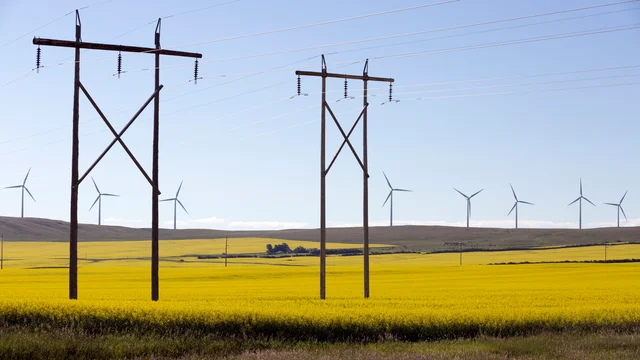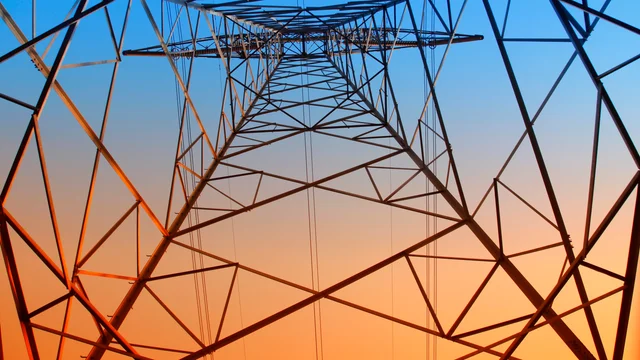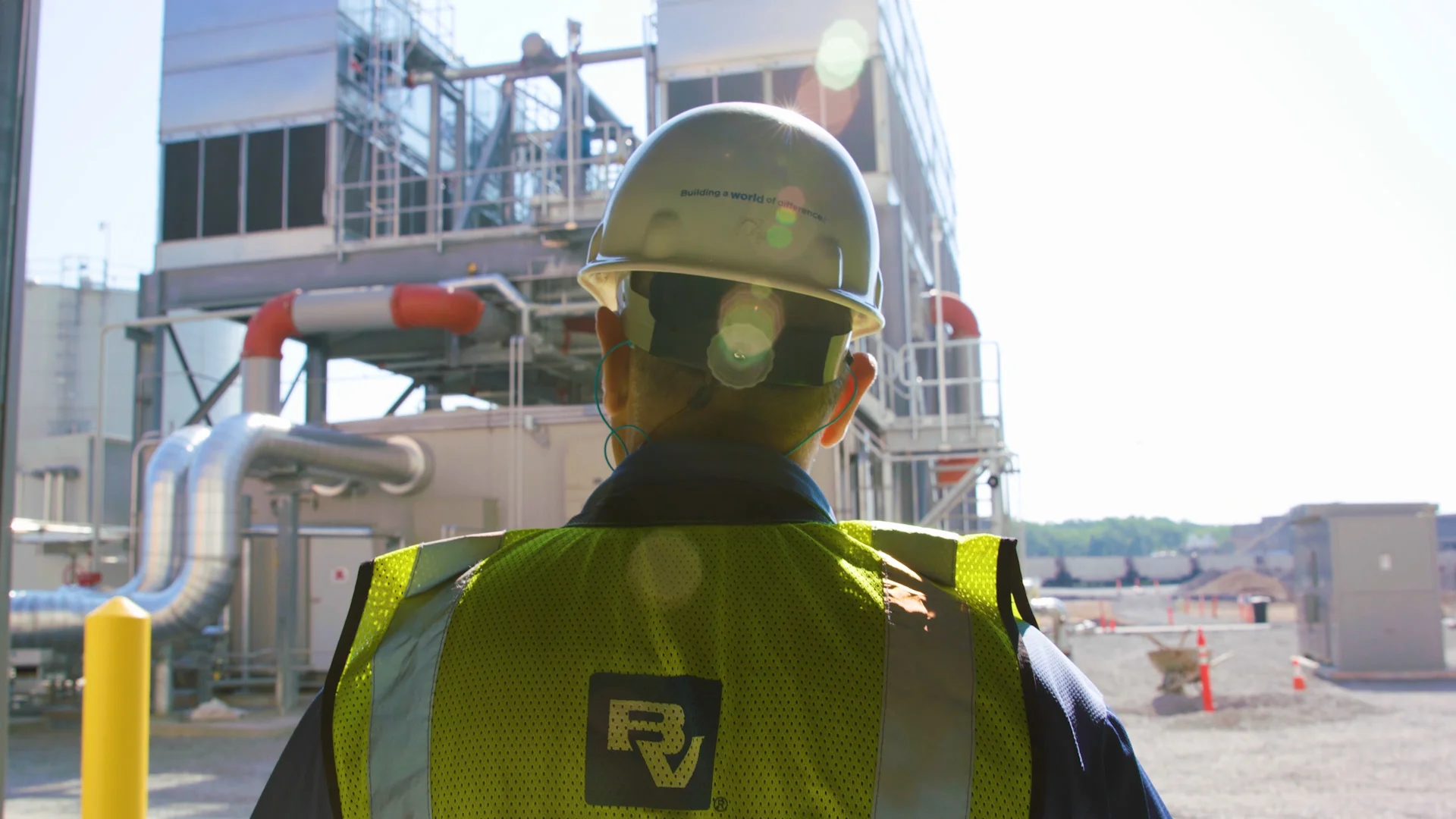
Navigating the Path: Integrating Right of Way and Engineering Services for EHV Transmission

As we strive to build a more resilient and sustainable energy future, the role of Extra High Voltage (EHV) transmission lines becomes increasingly vital. These lines not only transport electricity over long distances but also facilitate the integration of renewable energy sources into our power grids. However, to ensure their safe and effective operation, careful consideration must be given to the right of way (ROW) and the surrounding environment.
Right of Way: Ensuring Safety and Compliance
EHV lines require a wider right of way and regular vegetation clearance to comply with safety regulations, prevent electrical hazards and ensure the reliability of the transmission lines. Determining the appropriate ROW involves assessing a range of factors, including structure deflection, structure design and size, wire blowout, design buffers, and minimum vegetation clearance distances. The environmental impact of EHV lines is also important. Higher voltages produce stronger Electromagnetic Fields (EMF), necessitating thorough assessment and mitigation strategies to minimize potential health and environmental effects. Engaging with local communities to address concerns and provide information about the safety measures in place is crucial for gaining public support and ensuring transparency. Additionally, evaluating the impact of mutual coupling with existing infrastructure is essential, as these findings may lead to modifying existing relay settings.
Implementing the Solution: A Multidisciplinary, Integrated Approach
Designing and engineering EHV transmission lines is a complex endeavor that requires a multidisciplinary approach. It combines advanced principles from electrical, mechanical, structural, and environmental engineering to ensure the safety, reliability, and sustainability of our power infrastructure. By addressing ROW and routing of transmission alongside engineering, you streamline communications between teams, reducing delays and minimizing misunderstandings.
Integrating natural capital services with engineering enhances control over project milestones, positively impacting schedule and budgets. Collaborating with an engineer skilled in ROW and routing offers additional benefits including:
Align ROW with Design: Use coordinated teams to prevent costly rework from misalignment.
Streamline Stakeholder Engagement: One team manages public outreach, regulatory coordination, and landowner negotiations, ensuring consistent communication to address challenges early.
Enhance Regulatory Compliance: Leverage a knowledgeable team for local, state, and federal environmental as well as non-environmental permitting across the project.
Proactively Address Challenges: Tackle issues like tower placement and terrain during routing to avoid complications later.
Simplify Accountability: Establish a single point of accountability for both engineering and natural capital services.
At Black & Veatch, we specialize in design-build solutions for overhead and underground transmission systems, drawing on our extensive experience to solve the unique challenges associated with EHV transmission. Our transmission engineering and natural capital teams are equipped to guide you through the intricacies of permitting, design and implementation.
Paving the Way for a Sustainable Energy Future
The path toward a sustainable energy future relies on effective management of right of way for EHV transmission lines. By prioritizing safety, environmental stewardship, and innovative engineering, we can build a power infrastructure that meets today’s needs while anticipating tomorrow’s demands. Ready to explore how we can work together to implement EHV transmission systems? Contact us today to pave the way for a brighter, more sustainable future.
This article is an excerpt from The high stakes of extra high voltage: engineering effective EHV transmission lines. Read on for more insights.
Contact Us
Looking for a partner in innovation?
Let's Talk

